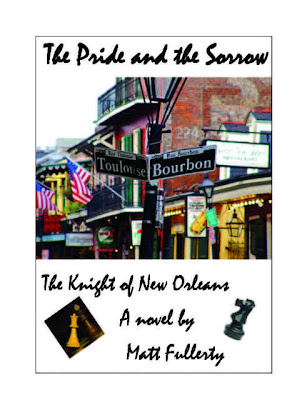Julie Bindel
Friday June 26 2009
The Guardian
---
During her relationship with her husband, Malcolm, Sara Thornton endured repeated beatings. She sought help from numerous agencies, called the police repeatedly and her husband was eventually charged with assault. But he died before his court appearance. As he lay drunk on the sofa one night in June 1989, she stabbed him to death. The following year she was convicted of murder and given a life sentence by a judge who said she could have simply "walked out or gone upstairs".
Thornton became a cause celebre for feminists campaigning against domestic violence. At the time, as the judge's comments made clear, little was known about what drives a battered woman to kill her abuser. Thornton appealed against her conviction, arguing that she killed as a result of "slow burn" provocation. She lost.
Two days later, Joseph McGrail killed his common-law wife, as she lay drunk, by kicking her repeatedly in the stomach. He was given a two-year suspended sentence for manslaughter and walked free. The judge expressed "every sympathy" for McGrail, adding "this lady would have tried the patience of a saint".
In response to the glaring discrepancy in treatment, the feminist law reform campaign Justice for Women (JfW) was born in 1991.
Men commit almost 90% of domestic homicides, and the victims are their female partners - who have often been previously battered by their killers. On average, two women die every week as a result of domestic violence. For men who kill their partners, the defence of provocation is tailor-made. Provocation will reduce a charge of murder to manslaughter if the defendant can show that things were said or done to provoke them, causing them to experience a sudden loss of control. In such cases they will often justify their actions by claiming that they "just snapped" or "saw red". Judges have been known to express sympathy for men who claim they were nagged or cheated on by female partners, but often appear to have little for women who kill after being raped by their partners or experiencing domestic violence. This tends to be because when women who are being regularly beaten by their partners kill, their dominant emotions are usually fear or despair - not exactly a sudden, explosive "loss of self-control".
After 20 years of feminist campaigning, however, the law is about to change. Next week, a new bill will be debated in the House of Lords which contains a clause that proposes abolishing the defence of provocation and replacing it with a partial defence that relies upon evidence that the defendant killed out of a fear of serious violence or a "justifiable sense of being seriously wronged".
Thornton's story had a happy ending. She finally won a second appeal and was acquitted of murder in 1995. But the change in the law comes too late for the estimated 70 women currently in prison for killing a violent partner. These are just three of them:Sharon Akers
Sharon Akers is serving a life sentence for murder. She endured six years of abuse and humiliation from her partner, Nick Doolan, before snapping and killing him. They met in 1998, shortly after her divorce from the father of her two young sons. Doolan was good-looking and popular, and Akers was flattered by his attention. "Sharon was obsessed with Nick," says one of her close relatives. "She genuinely loved him." As their relationship progressed, Doolan chipped away at Akers' confidence. She gradually became emotionally dependent on him, and felt unable to challenge the verbal, sexual and physical abuse that Doolan meted out to her. He had a history of violence. Having been jailed for grievous bodily harm against a neighbour,he was on bail for an assault on Akers when he died, and had been arrested on other occasions for assaulting her.
While he was in prison Doolan still managed to control Akers. If she missed a phone call from him he would accuse her of being unfaithful. During the six years she was with him Akers attempted suicide nine times.
Doolan invited his friends to his house to have sex with Akers, reprimanding her when she said no. And although she left him several times, she always went back to him. "I lost all my self-confidence," says Akers, "and felt unable to function without him." The last straw was when Doolan claimed he had slept with her mother. Although it was a lie and her mother denied it, Akers became paranoid.
On the day she killed Doolan, in October 2003, she had been drinking heavily in her local pub, becoming increasingly distressed. Doolan had been sending abusive and threatening text messages. "I called my mother and said, 'I can't take any more. Nick has ruined my life,'" said Akers. She decided to confront Doolan, and drove to his home, taking a knife with her for protection. When Doolan opened the door she stabbed him. "I was convinced he was going to kill me," she says. Although Doolan did not attack her on that occasion, his abuse and threats had terrified her. Akers is full of remorse. "I did not mean to kill him. I just wanted him to stop tormenting me and my family."
She lost her appeal against her murder conviction in 2007 and her earliest release date has been set for 2015.Alicia Crown
Alicia Crown (not her real name) has been in prison for more than eight years. Her tariff was originally nine years, but was reduced to seven and a half in 2006 to reflect the evidence of violence and abuse that led her to kill. For Crown the stigma of being labelled a murderer brings an added burden. Recently she has lost her appeal against deportation to Jamaica, a country she had escaped because her life was in danger from a violent ex-partner as well as the ghetto violence that had led to her brother being murdered.
Crown met Andrew Semple shortly after arriving in the UK in 2000 while working in a club, and moved in with him. But Semple soon became possessive, violent and controlling, often threatening to report Crown to immigration for overstaying her visa. Sometimes he would punch her when she was least expecting it, and he once threatened to push her under a train. In March 2000 Crown moved out and the relationship seemed to improve for a while, continuing on a more casual basis, but Semple remained jealous.
In May that year, Semple asked Crown if they could meet and sort out some problems in their relationship. When Crown arrived she could tell Semple had been drinking. He noticed Crown had a sore on her lip and accused her of having syphilis. In the ensuing argument, Semple started punching her in the face and threatening her with a fruit knife. Crown grabbed the knife when Semple dropped it and stabbed him during a struggle, running barefoot and injured from the scene, crying for help.
The flat revealed evidence of a struggle between the two, and a police doctor who examined Crown two days later found injuries partly consistent with her account of having been attacked by Semple. Crown pleaded self-defence at her trial, but the jury convicted her of murder. Following her conviction, the judge said the evidence suggested she may well have killed in "excessive self-defence".
In law, the force used in self-defence must be equal to the threat and there should be no obvious means of escape. But the reality is that in a typical domestic violence relationship, where one partner is physically stronger and more confident in the use of violence, the victim may have an exaggerated fear of the danger. In cases where women kill, a knife is often used to defend against a fist, and sometimes a woman may kill to prevent a further attack.
At Crown's appeal it was accepted that she had experienced a lifetime of abuse and violence when growing up in Jamaica. However the argument by her defence that she could claim diminished responsibility due to having post-traumatic stress disorder at the time she killed Semple failed. Crown was described as "remarkably resilient".
Marai Larasi, an expert in domestic violence and Jamaican women, wrote a report for the court about the often racist stereotyping of black women who suffer male violence. "[The] failure to look beyond Ms Crown's 'resilient' exterior is not unfamiliar ... In my experience black women are particularly susceptible to being viewed as 'strong', able to cope and somehow not vulnerable."
Recently Crown was moved out of open prison back to jail as a result of her pending deportation. She continues to challenge the court's verdict as well as the prison move.Kirsty Scamp
Kirsty Scamp stabbed her boyfriend Jason Bull to death on his 28th birthday. She had been reluctant to go out to celebrate with him because she was wary of his heavy drinking and cocaine use, which often led to violence.
"I had made him a birthday cake and wanted it to be a special day and not the usual drunken display, " she says. But on Bull's insistence, the couple went out in the late afternoon to meet friends in a pub. Bull drank heavily and took cocaine. When they returned home they started to argue, and when Scamp tried to stop him from drinking more, Bull began punching her and pulled out clumps of her hair. She left the flat to let him calm down, and sat on the steps outside the front door. She then overheard him on the phone "slagging me off" and went back in to confront him.
At that point, Scamp says, he turned "really nasty". She said she "had never seen him look the way he did that night. It was frightening." She grabbed a knife and stabbed Bull in the chest. "I ran out into the street and called an ambulance," said Scamp. "He was slumped against the door, and there was lots of blood, but I had no idea he was so seriously hurt."
While she was awaiting trial the prosecution barrister offered her a deal - the Crown would drop the murder charge if she pleaded guilty to manslaughter. Scamp rejected this. She felt she had acted in self-defence. "I don't remember killing him but I suppose I must have done," she wrote in a letter from Holloway prison. "I just know I was scared he would kill me."
Like most women jailed for murder, Scamp says she loved the man she killed. She said she had tried to help him break out of his increasingly frightening behaviour; Bull suffered from mental health problems and regularly erupted into drink- or drug-fuelled violence. During the relationship he repeatedly attacked her. The penultimate assault gave Scamp a perforated eardrum, and he was on bail for this offence when he died. Bull had also assaulted previous girlfriends, some of whom testified at her trial.
Scamp had grown up with domestic violence and spent time as a child living in refuges with her mother. While with Bull she was working in a care home for vulnerable adults with behavioural difficulties. After four days of deliberation the jury returned a majority verdict that found her guilty of murder. The judge told her she must serve at least 12 years.
The judge commented to the jury that Scamp should have been able to tolerate Bull's erratic outbursts because of her experience at work. "How dare he?" says Scamp. "My work has nothing to do with what I can or cannot put up with in my personal life. Those residents were not controlling or beating me like he was."
Scamp is now in Holloway prison, hoping that her new legal team will find grounds to appeal against her conviction. "Being life'd off is a nightmare," she says, "but I know I am not a murderer".
--
guardian.co.uk Copyright (c) Guardian News and Media Limited. 2009







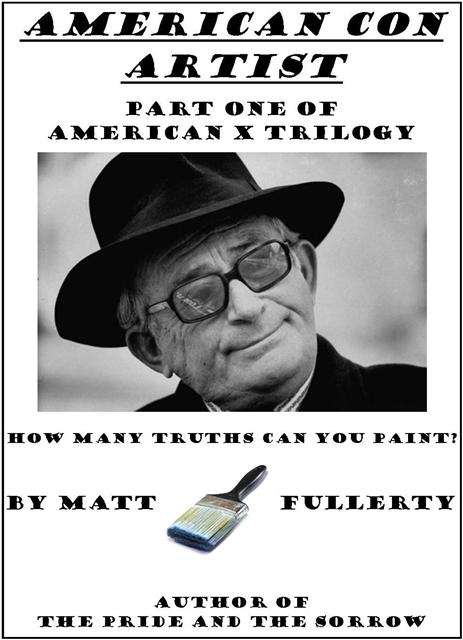cropped.jpg)
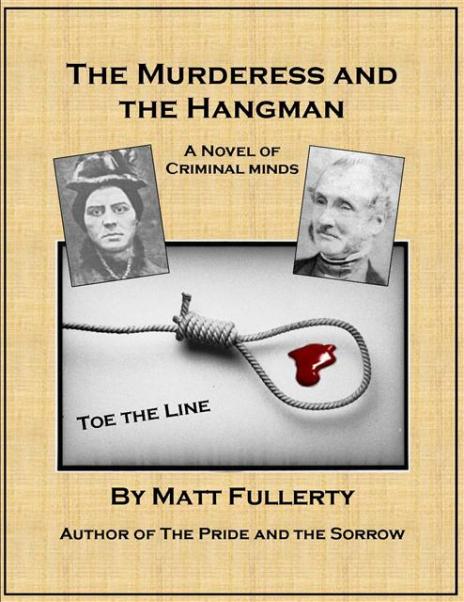.jpg)
cropped.jpg)
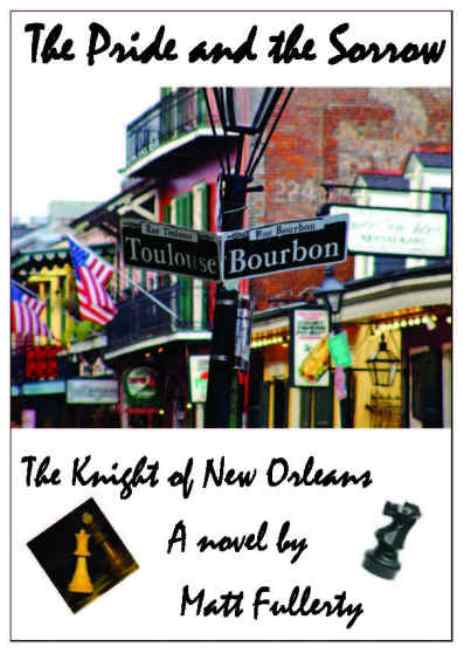2.jpg)
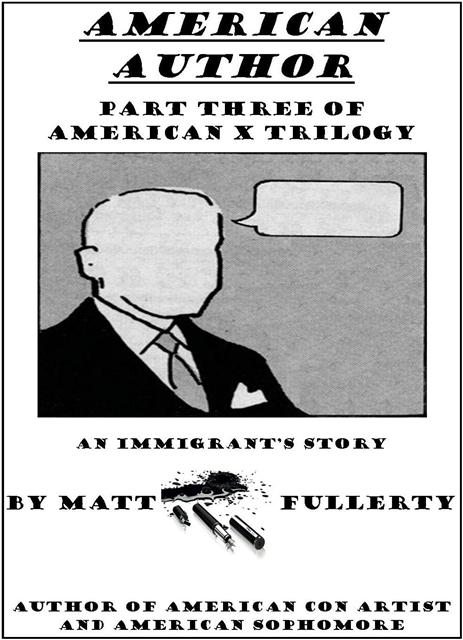Cropped.jpg)
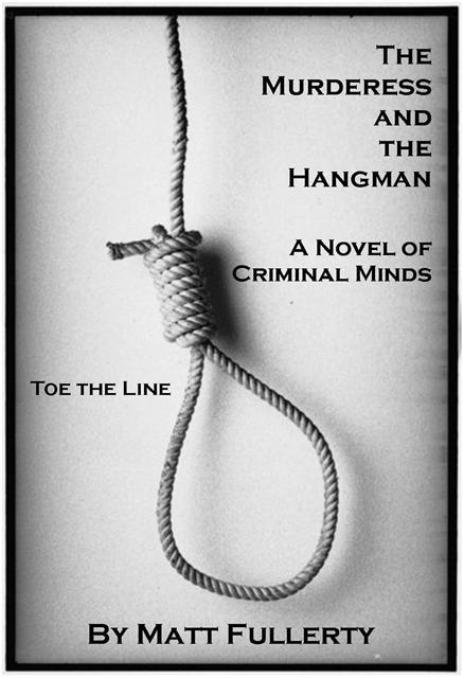cropped.jpg)
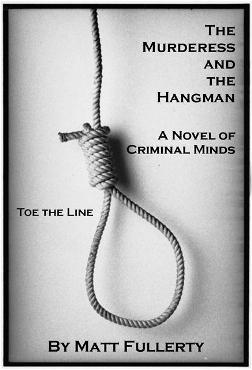4.jpg)
